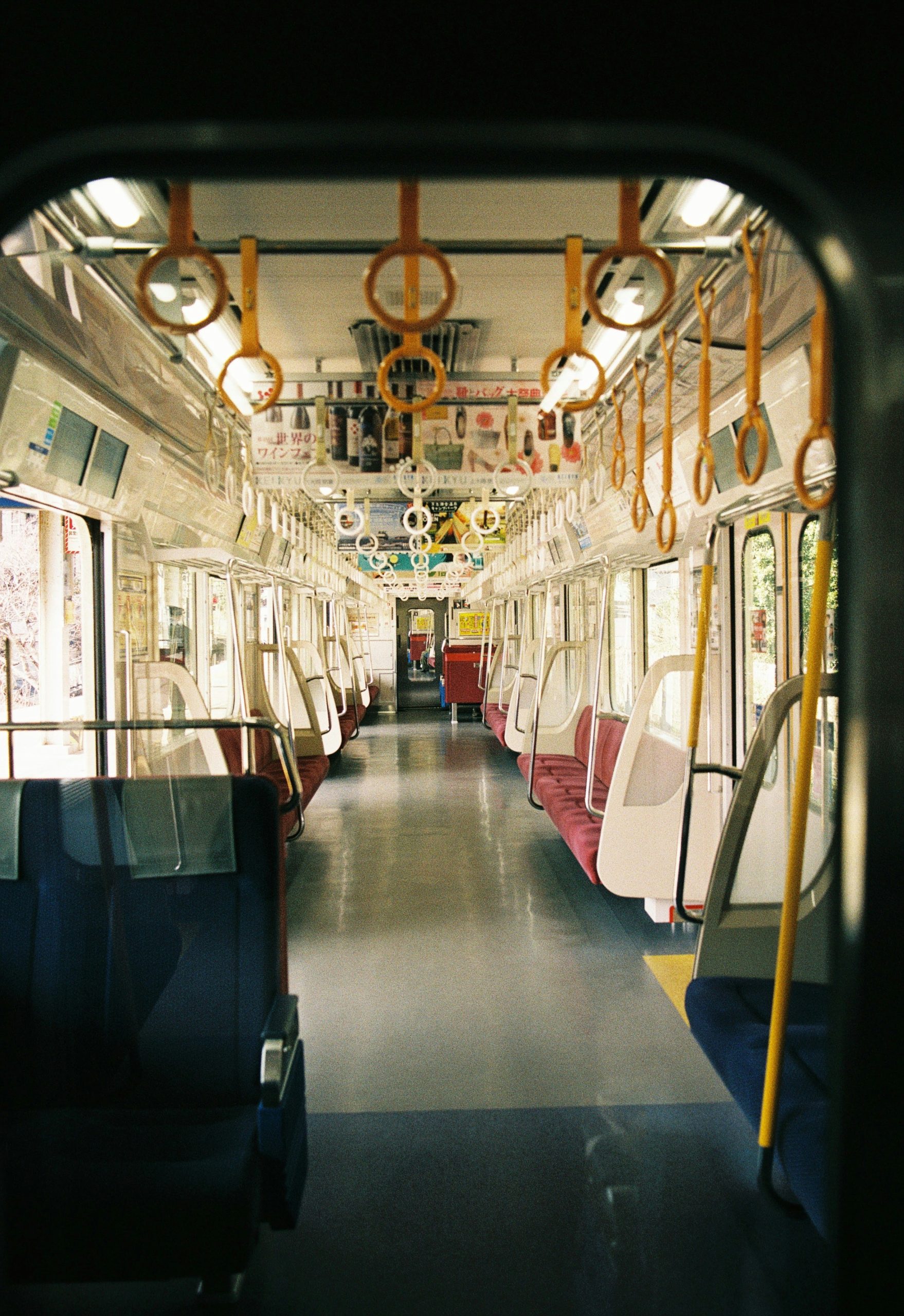Electric vehicles are slowly taking charge of the roads in many areas in Kenya. They were first introduced through hybrid personal vehicles – those powered by both fuel and electricity. Today, fully electric vehicles are a common sight.
Since the introduction of public transport in Kenya, we have relied on diesel-powered buses and matatus for both short and long-distance travel. However, most of the time, these vehicles are poorly maintained and use diesel as a fuel, which renders them dangerous for the environment in the long term. Before expounding on the most recent development in the transport sector, let us highlight the significant changes in the industry from the 1960s up to now.
1. Introduction and Growth of Matatus
In the 1960s and 70s, urban areas in Kenya experienced a surge in population, necessitating a revolution in how public transport operated. It was then that matatus started gaining popularity because of their ability to ferry many passengers at once. The name ‘matatu’ was coined from the reportedly affordable price of 30 cents – three 10-cent coins.
2. Michuki Rules
In the early 2000s, the then Minister of Transport, the late John Michuki, implemented what was referred to as ‘Michuki rules’ in the public transport sector which were seen as radical but formed the basis of matatus today – a yellow line, seat belts, speed governors, adherence to specific routes, drivers and conductors to wear maroon uniforms and the ban of excess passengers. After Michuki implemented these stringent rules, thousands of unroadworthy vehicles were taken off the roads as they posed a significant risk to road safety, only to creep back in one by one.
3. Formalization of the sector through SACCOs
In 2010, it became mandatory for all Public Service Vehicle (PSV) operators to be members of registered Savings and Credit Co-operatives (SACCOs). It was introduced as an attempt at regulation but ended up as a prerequisite for operation. This was important as the association with a sacco raised levels of accountability amongst matatu operators. Nowadays, nearly all matatus have the sacco name boldly displayed on their bodies.
4. Introduction of Electric Buses
In 2021, Roam (formerly Opibus) and BasiGo launched the first set of public service electric buses. Nairobi was chosen as the pilot phase of the project to reduce urban air pollution and carbon emissions.
BasiGo introduced a Pay-As-You-Drive model where the sacco owners don’t pay for the electric buses outright but pay a fixed cost per kilometre, which covers maintenance, battery replacement and charging.
As time went on, more matatu saccos expressed interest in integrating electric buses into their fleets, leading to the surge in the number of electric vehicles we see on our roads today. The Saccos that have introduced electric buses through BasiGo are:
- Citi Hoppa
- Embassava Sacco
- Metro Trans
- OMA Services
- East Shuttle
- Super Metro
- KBS
How do they work?
Instead of a fuel engine, an electric bus uses an electric motor, which converts electrical energy from the battery into mechanical energy to propel it.
The bus has a rechargeable lithium-ion battery mounted on the roof or under the floor. This type of battery is like phone and laptop batteries, but much larger and designed for heavy-duty use. On a full charge, it can power the bus for 200-300 kilometres, which is approximately the distance it covers in a day.
In the middle of or at the end of the day, the batteries are charged at charging stations in and around Nairobi to keep the buses running. Those run by BasiGo are located in Kikuyu, Buruburu and Embakasi. Depending on the charger’s capacity, buses take between 2 and 4 hours to fully charge.
Electric buses may have a high initial cost, but they have low maintenance costs due to fewer moving parts and no need for oil changes. They significantly reduce both air and sound pollution because of the absence of a fuel engine and exhaust system.
Like any new form of infrastructure, commercial electric buses are not without their speed bumps. There are high upfront costs, a skills gap in maintenance, limited charging infrastructure and a shorter range compared to diesel-powered buses and matatus.
However, with advancements in technology and research, these issues will be resolved.
Electric vehicles are not only confined to public transport, as there are also electric bikes and cars used on cab-hailing apps like Uber, Little Ride and Faras.
The future of electric transport in Kenya is closer than we thought, and the possibility of 100% integration is in the foreseeable future.
To find out more about greenhouse gases and our policies, visit the Greenhouse Gas Emissions section on our website.
